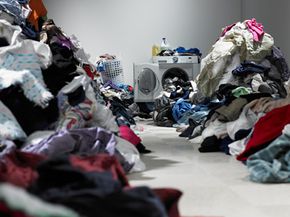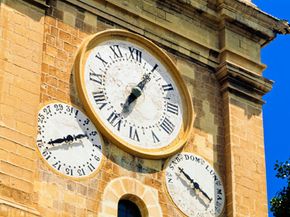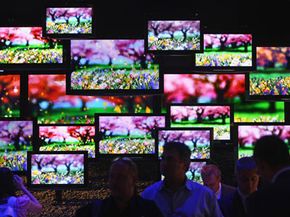Key Takeaways
- Essential home appliances that greatly impact our daily lives include the clock, toilet, refrigerator, washing machine, telephone, devices for recorded sound, television, air conditioning, microwave oven and the computer.
- These appliances have revolutionized how we live—from organizing our time to how we communicate, preserve food, entertain ourselves and manage household chores.
- Their development over the years reflects significant advancements in technology.
If you prepared a list of appliances you couldn't live without, how long would it be? Before you answer that question, imagine a typical day in your life. Did an alarm clock wake you this morning? Did you take a shower or brush your teeth? Did you grab a drink from the fridge? Has the heat or air conditioning kicked on yet to keep you comfortably warm or cool? Were the socks you put on fresh from the laundry room?
Despite the fast pace of modern living, with its uncertainties and challenges, many conveniences and small delights are the result of a network of ideas, concepts and inventions brought into being by the passionate efforts of men of science, business and faith. We don't always know their names, and sometimes their ideas overlap so we're not sure who to thank, but there are stories behind these inventions, along with a few coincidences, mysteries and lucky accidents.
Advertisement
Leaps in our technical know-how and our knack for using new knowledge to build on established ideas have resulted in inventions that have shaped our society and ways of thinking. Equally astonishing is the broad availability of these technologies that make them some important creature comforts available to huge numbers of people around the world.
Let's explore 10 appliances that enhance our lives and take a glimpse at the how, when and why of their existence. Some of these choices may surprise you, but life for all of us would be very different without them.




